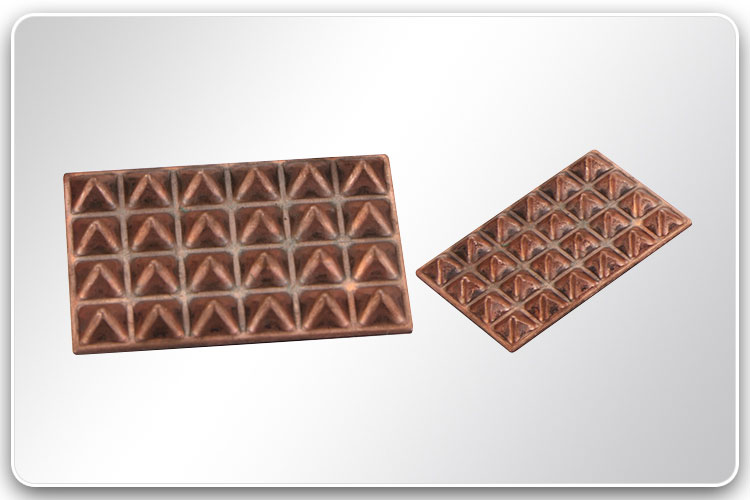Unveiling the Art of Copper Stamping: Understanding the Process and its Distinction in Manufacturing
2024-02-19
Introduction:
Copper stamping is a versatile and precise manufacturing process that involves transforming flat sheets of copper into intricate shapes and components. This method is widely used across industries for creating various parts, from electrical connectors to decorative ornaments. In this blog post, we'll explore the process of copper stamping and highlight its differences from other manufacturing methods.
The Copper Stamping Process:
Copper stamping, also known as copper forming or copper punching, is a multi-step process that requires precision tools and machinery. Here's an overview of the typical steps involved:
1. Material Preparation: The process begins with selecting a high-quality copper sheet of the desired thickness and grade. The copper sheet is then cut to the appropriate size for the intended application.
2. Tooling Design: Next, specialized tooling, including dies and punches, is designed based on the specific shape and dimensions of the desired copper part. These tools are precision-engineered to accurately form and cut the copper sheet during the stamping process.
3. Blanking: Blanking is the first step in the stamping process, where the copper sheet is cut into individual pieces known as blanks. This is typically done using a punch and die set, which cleanly cuts through the copper sheet to create precise shapes.
4. Forming: After blanking, the blanks are transferred to a forming press equipped with additional dies and punches. The forming process involves bending, shaping, and stretching the copper blanks into the desired three-dimensional shapes. This may require multiple forming operations and die sets to achieve the final part geometry.
5. Piercing: Piercing is the process of creating holes or perforations in the copper part for fasteners, connectors, or other assembly purposes. Specialized punches and dies are used to accurately punch holes of various sizes and shapes in the copper sheet.
6. Finishing: Once the forming and piercing operations are complete, the copper parts may undergo additional finishing processes such as deburring, polishing, or plating to enhance their appearance and functionality.
Differences from Other Manufacturing Methods:
Copper stamping differs from other manufacturing methods, such as machining, casting, and forging, in several key aspects:
1. Precision: Copper stamping offers high precision and repeatability, allowing for the production of complex and intricate parts with tight tolerances. Machining and casting processes may struggle to achieve the same level of precision and consistency.
2. Material Efficiency: Copper stamping minimizes material waste by using flat sheets of copper efficiently. In contrast, casting processes often produce excess material in the form of sprues and runners, which must be removed and recycled.
3. Cost-Effectiveness: Copper stamping can be a cost-effective manufacturing method for high-volume production runs due to its efficiency and automation capabilities. Machining and forging processes may be more suitable for low-volume or custom parts but can be more expensive per unit.
4. Versatility: Copper stamping offers versatility in terms of part complexity, size, and thickness. It can produce a wide range of copper parts, from small electrical connectors to large architectural elements, with minimal tooling changes.
Conclusion:
Copper stamping is a precise and efficient manufacturing process that transforms flat sheets of copper into intricate parts and components for various applications. Its distinct advantages in precision, material efficiency, cost-effectiveness, and versatility make it a preferred choice for producing copper parts across industries. By understanding the copper stamping process and its differences from other manufacturing methods, manufacturers can leverage its capabilities to meet the demands of diverse applications effectively.



